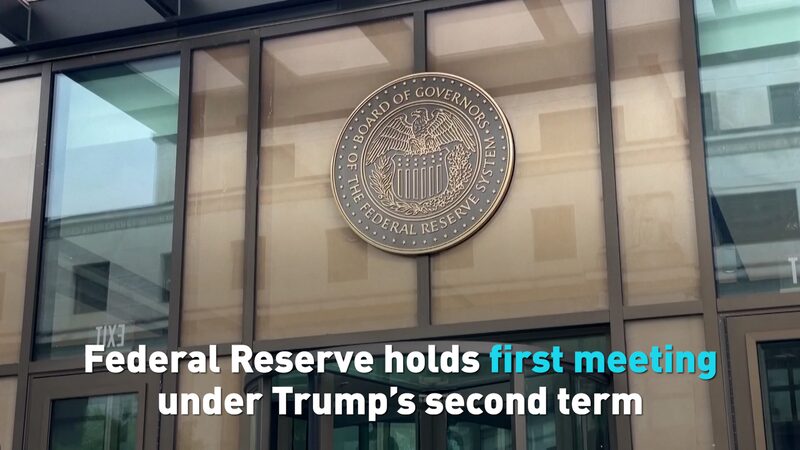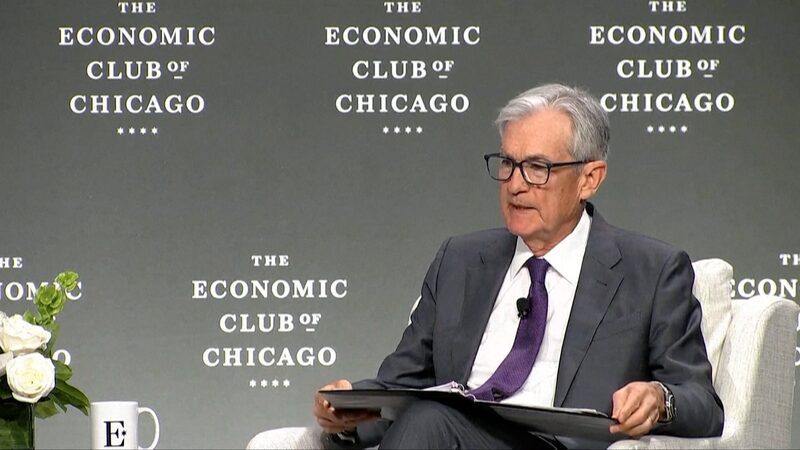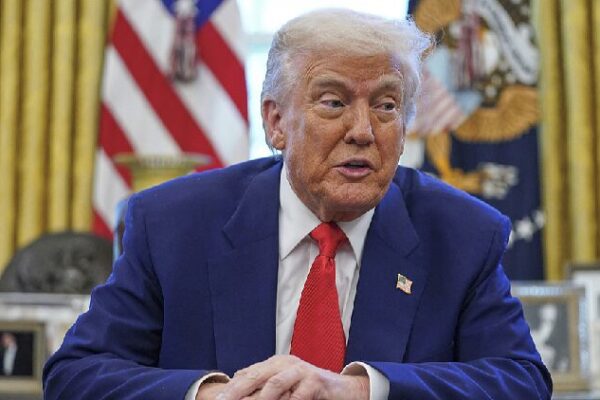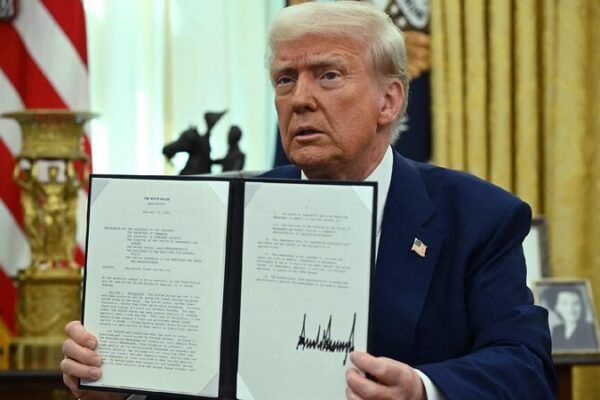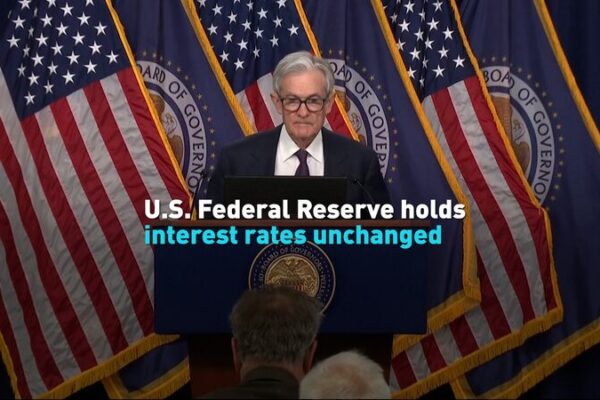The U.S. Federal Reserve has kicked off its first meeting of the year, focusing on strategies to combat rising inflation. As prices continue to soar, the central bank is considering potential adjustments to interest rates to stabilize the economy.
Economists and analysts are closely watching the Fed’s decisions, which could have significant impacts on global markets. The meeting comes at a critical time when consumers and businesses alike are feeling the pressure of increased costs.
Addressing Inflation Concerns
Inflation rates have hit levels not seen in decades, affecting everything from groceries to gasoline. The Federal Reserve’s primary tool to curb inflation is adjusting the federal funds rate. By increasing this rate, borrowing becomes more expensive, which can slow down spending and, in turn, help reduce inflation.
However, raising interest rates can also slow economic growth. The challenge for the Fed is finding the right balance that will cool inflation without triggering a recession.
Global Implications
The decisions made by the Federal Reserve don’t just impact the United States. As one of the world’s largest economies, U.S. monetary policy has ripple effects across the globe. Developing countries in the Global South are particularly attentive, as changes in U.S. interest rates can influence exchange rates, capital flows, and economic stability in their own regions.
What to Expect
While it’s uncertain exactly what measures the Fed will implement, many experts anticipate a series of gradual interest rate hikes throughout the year. This approach aims to ease inflation without causing sudden shocks to the economy.
The outcome of this meeting will set the tone for the financial markets and could shape economic policies worldwide. As the Federal Reserve navigates these complex challenges, individuals and businesses are eager to see how these decisions will affect their financial futures.
Reference(s):
Federal Reserve holds first meeting under Trump’s second term
cgtn.com
